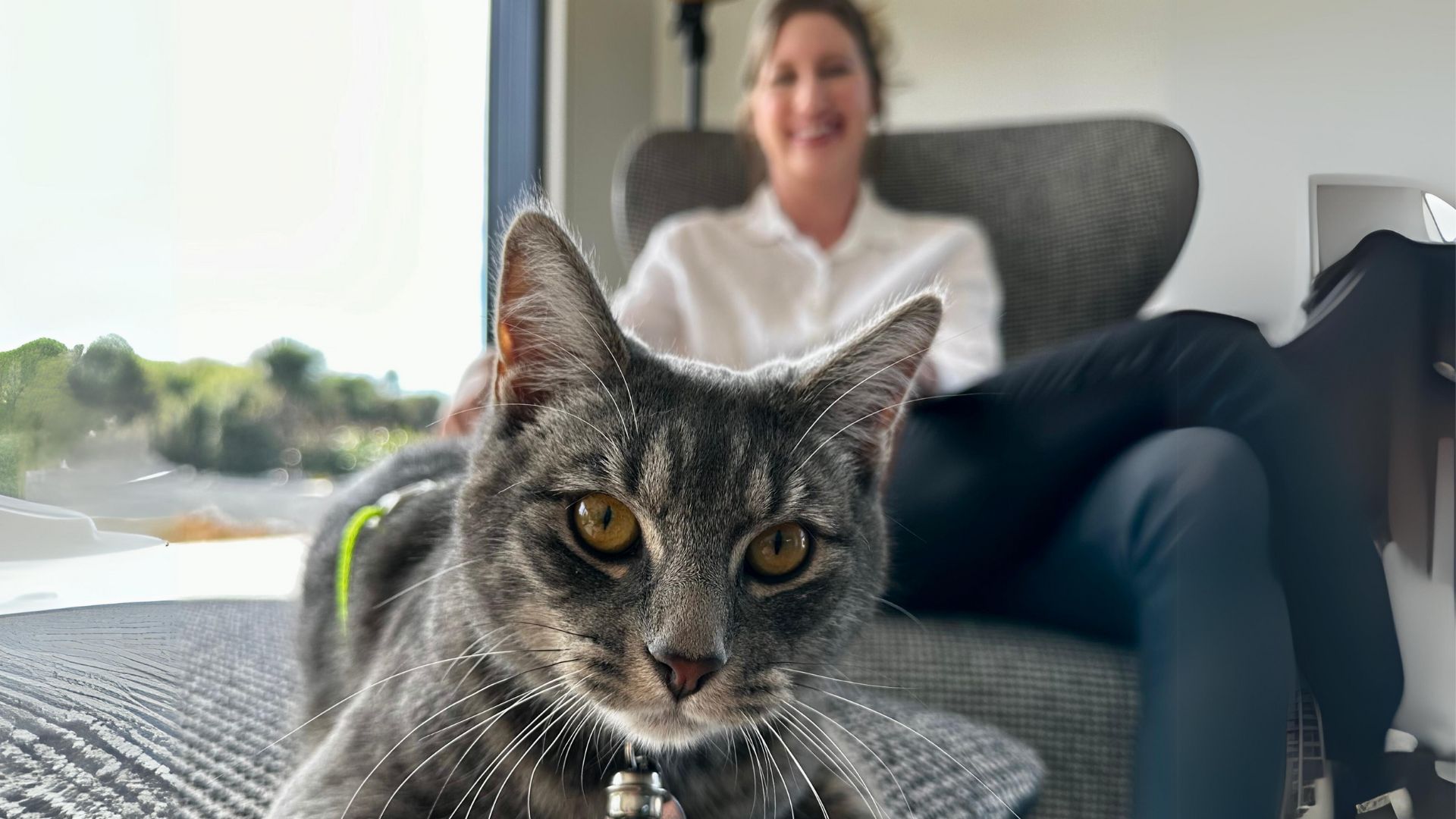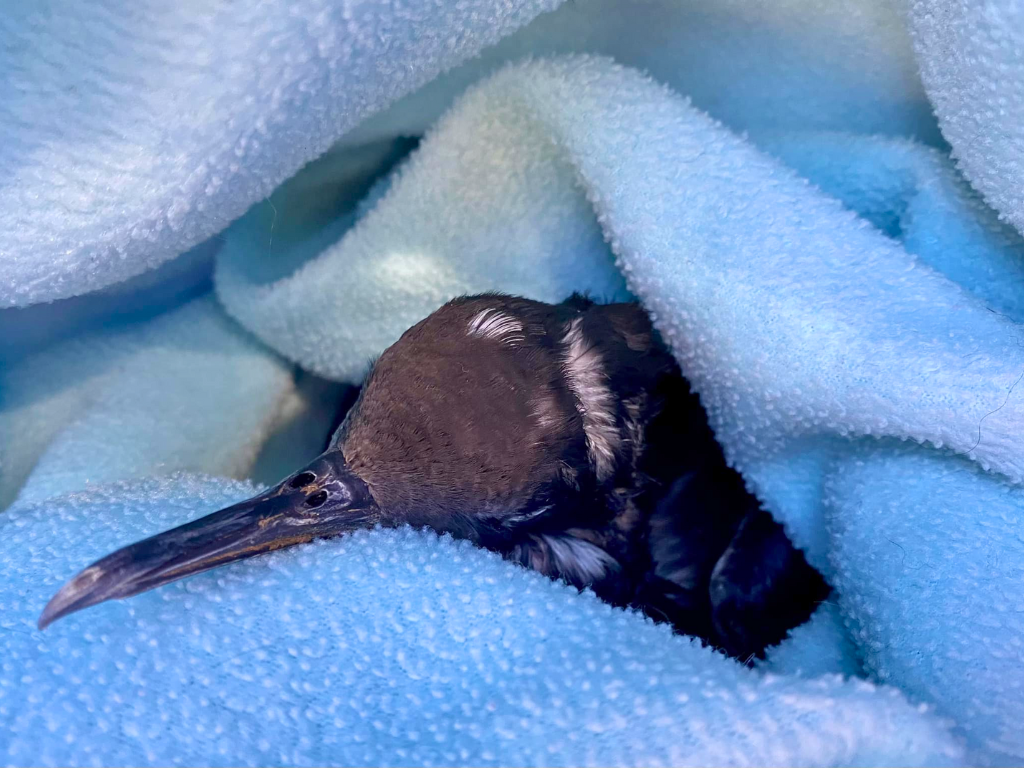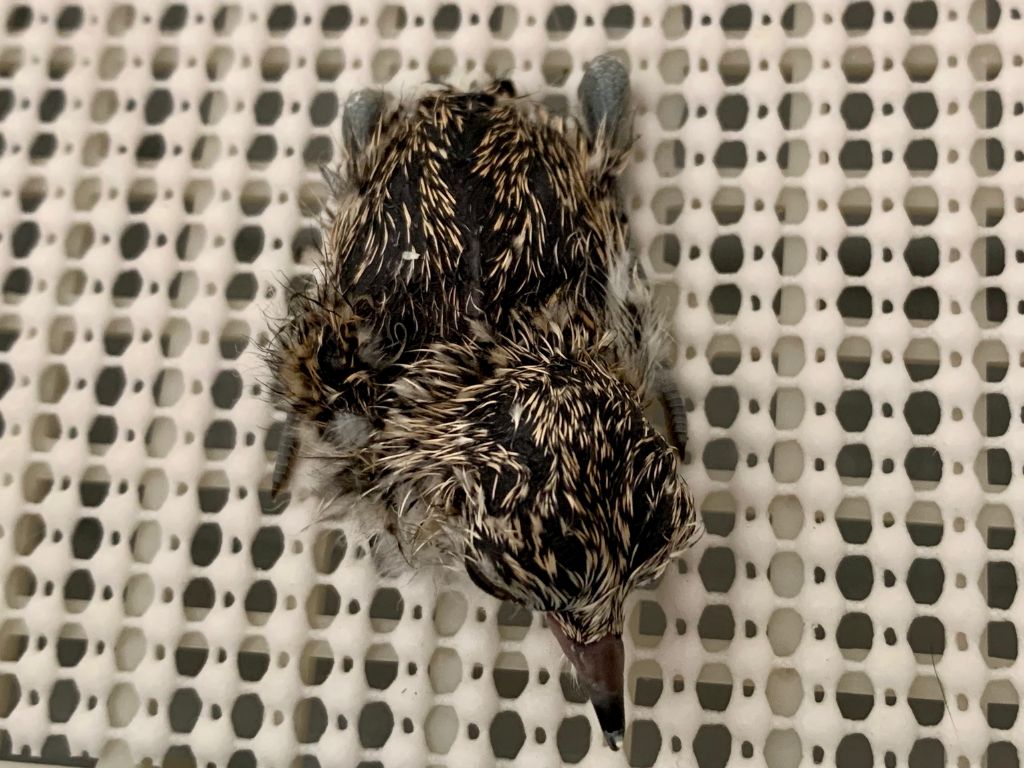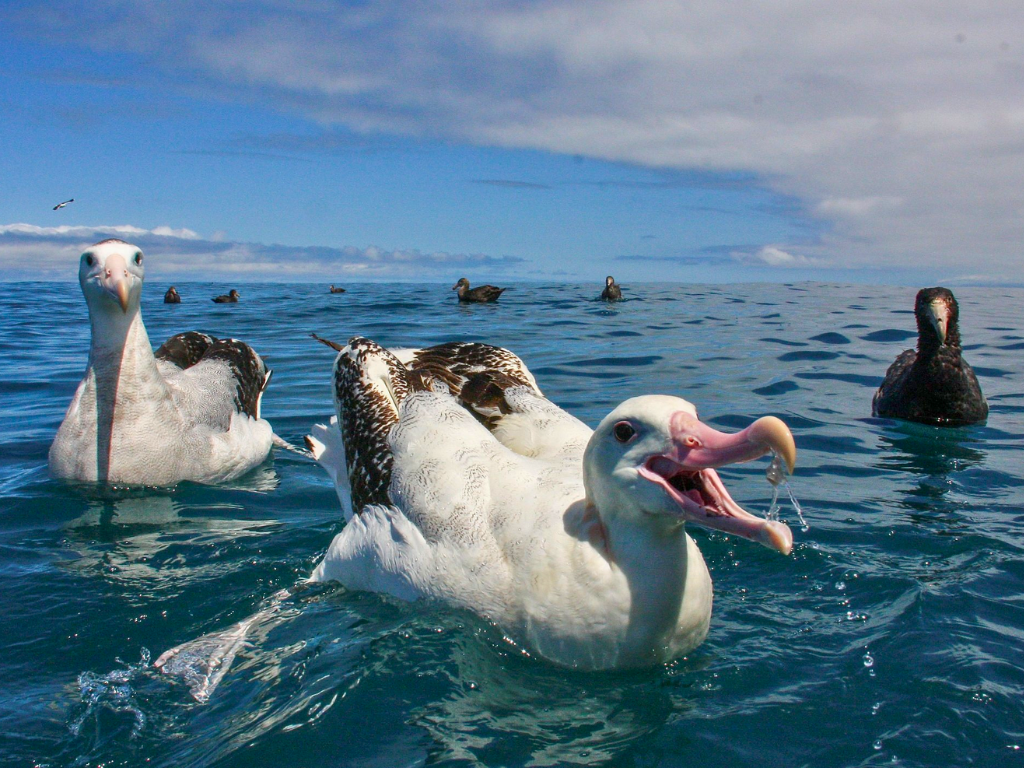Biologist and wildlife rehabber Sabrina Luecht never expected she would one day become a proud cat owner. Her work, after all, revolves around saving native birds, many of which bear wounds of feline predation.

When Sabrina caught a scrawny stray kitten in a live capture cat trap, she expected to transfer it to a cat rescue for rehoming. Instead, weeks later, she found herself walking that same kitten on a leash, introducing it as her pet.
The sobering truth of wildlife rehab
Sabrina Luecht is no ordinary conservation volunteer. She founded Kaikōura Wildlife Centre Trust and is on a mission to get a wildlife hospital funded.
Every year, she stabilises hundreds of native bird patients, transferring them to the South Island Wildlife Hospital in Christchurch for specialist treatment.
Most of them are endangered species, and many have been injured by cats.
“Yesterday, a local business reported a crashlanded Hutton shearwater,” she says.
Disorientated by the township’s lights, it had head trauma from a collision – the kind of injury that could have been treated. Unfortunately, a cat got there first.

The seabird had to be euthanised. The loss of this bird means its mate has lost a partner resulting in no chicks this season for a pair that was already digging a burrow.

Sabrina sees this with too many shearwaters. During the fledging season, hundreds of shearwaters crashland, their disorientation putting them directly in the path of nocturnal prowling pets.
“We have volunteers on patrol in the town at night during fledging season, and they report a lot of roaming pet cats. Often, they are about to pounce on a shearwater, and you’re screeching to a halt in your car to uplift the bird out of harm’s way.”
Her work reveals this sobering truth again and again.
Even species like kererū and kōtare that nest in spots too tricky for cats to reach will be attacked after they’re injured, often by window strike – a double whammy of human-related impacts.
The impact of cats on wildlife
Cat predation on our native wildlife is well-documented. Owners may think their cat isn’t much of a hunter, but pet cats bring back just a quarter of their kills. In cities, cats are hunting native birds faster than they can breed.
Knowing this, Sabrina couldn’t, in good conscience, be a cat owner unless her cat’s hunting behaviour was controlled.
“I need wildlife to be OK if I’m going to have a cat.”
A new kind of pet cat
Enter Bobbie, who’s becoming something of a spokescat for responsible pet ownership.
After Bobbie was caught, she was crated, ready to be shipped to a cat rescue further afield.
Sabrina could tell she was dealing with a domestic stray, not a feral cat—while wary, the cat was used to people. She was missing her tail, probably thanks to an illegal gin trap. Coated in fleas and emaciated, the cat had presumably been dumped.
It wasn’t the first time Sabrina’s caught a stray. Sometimes, when she’s trying to live-capture birds, a stray cat will enter the trap, seeking food. But something about this kitten was different, and Sabrina couldn’t send her away.

Instead of allowing Bobbie to roam free, Sabrina keeps her safe at home, lead-training her to give her outdoor time in the garden for enrichment.
Bobbie was young enough to accept walks on a leash, and on walks Sabrina sees cats’ incredible prey-drive in action.
“She seeks out every rock crevice for water… any insect she can get a hold of and is always seeking out birds. Having been forced to be opportunistic to survive, her modus operandi is: ‘I’ve got to take whatever I can.’”
Leading by example

While keeping indoor cats is just catching on in Aotearoa, it’s long been the norm overseas.
“I grew up in Berlin. We had an indoor cat in an apartment and we would walk her in the park on a lead, and it was normal in the city,” Sabrina says.
Seeing a cat on a leash is not so much the norm in Kaikōura, but perhaps it could be, as a place known for its amazing wildlife.
When Sabrina recently took a leashed Bobbie over to meet builders working on her property, she wasn’t sure how they’d react.
“But then I took her over, and they’re like, this is so cool.”
Tips for responsible pet ownership:
- Keep the cat indoors and provide it with plenty of enrichment. Playtime, walks on a leash, or a catio are good options.
- Join a forum like NZ Safe Cats – Catios and Cat Fencing for ideas and community.
- Microchip, register and desex your cat.
- Report illegal dumping of cats.
- If you see stray or feral cats, contact an SPCA, cat rescue or vet for advice. They can loan a live-capture trap to catch them for handover and assessment.

